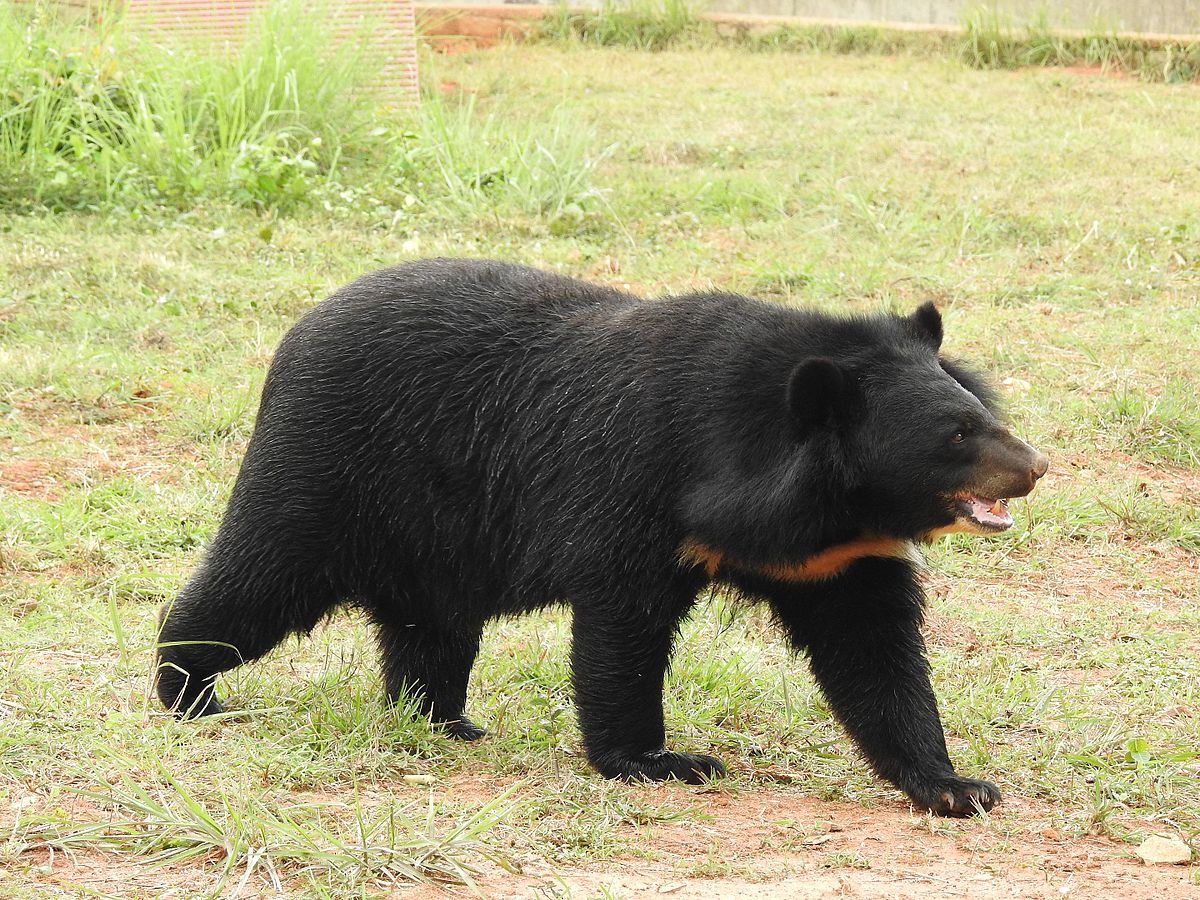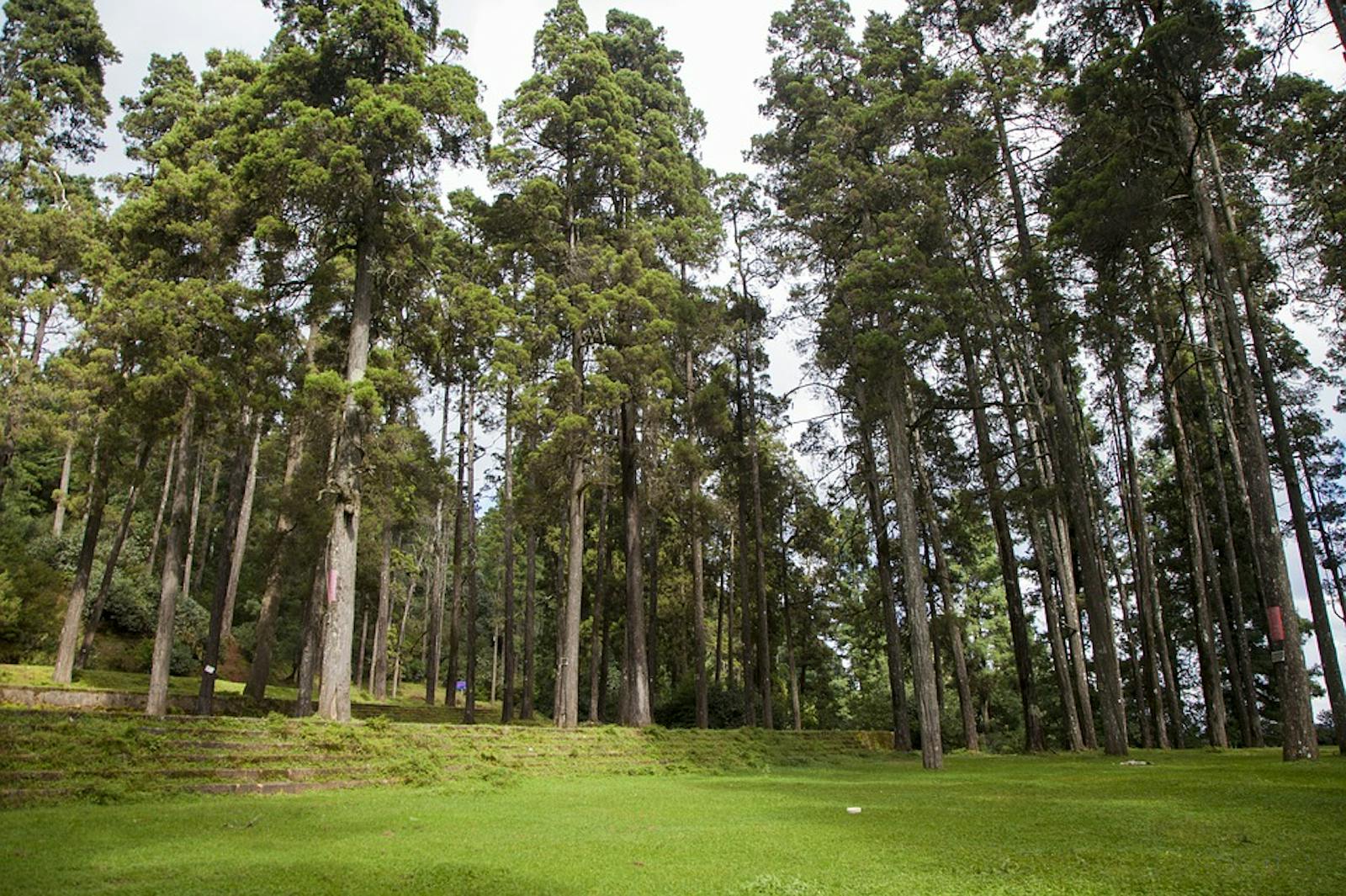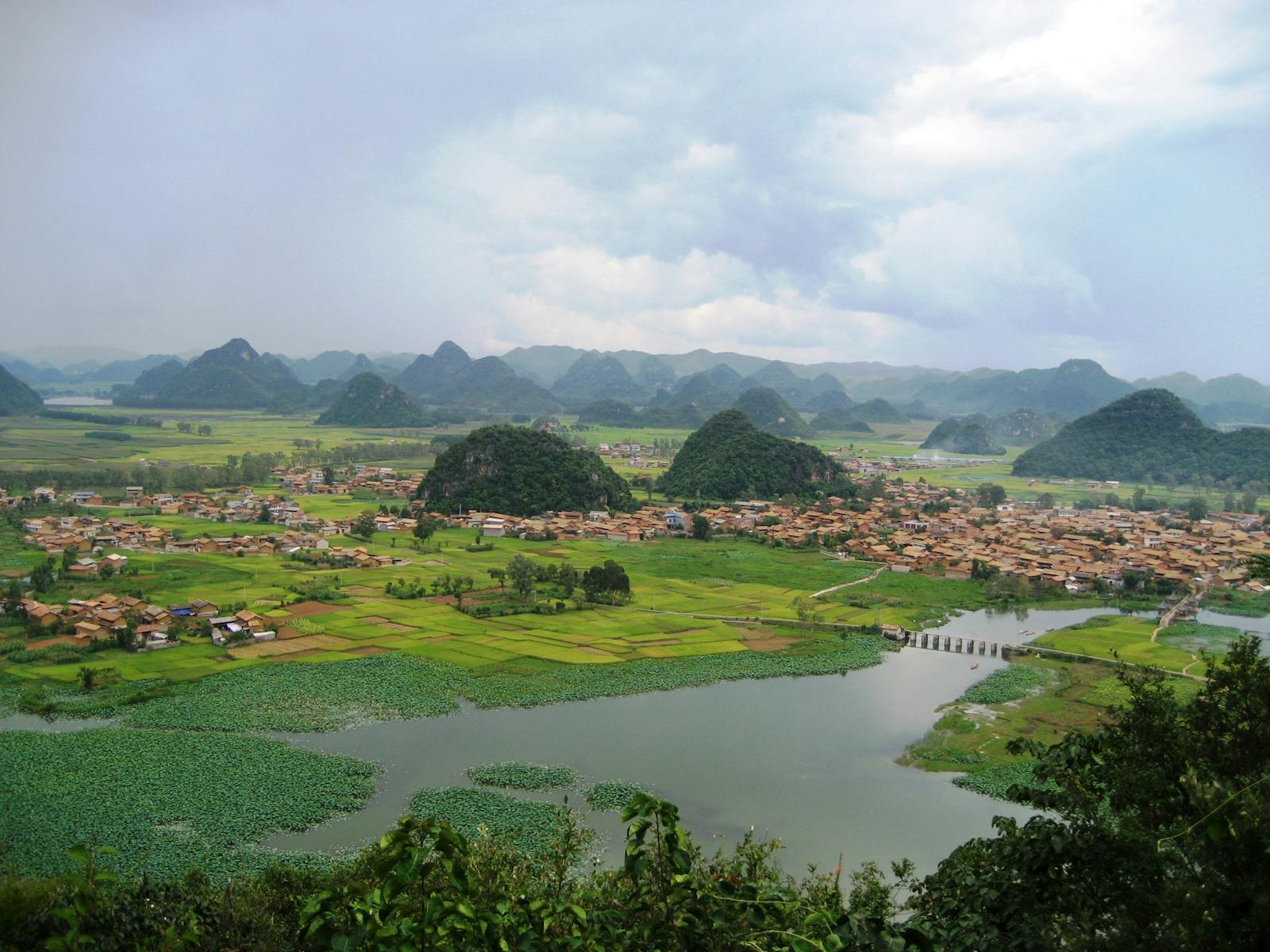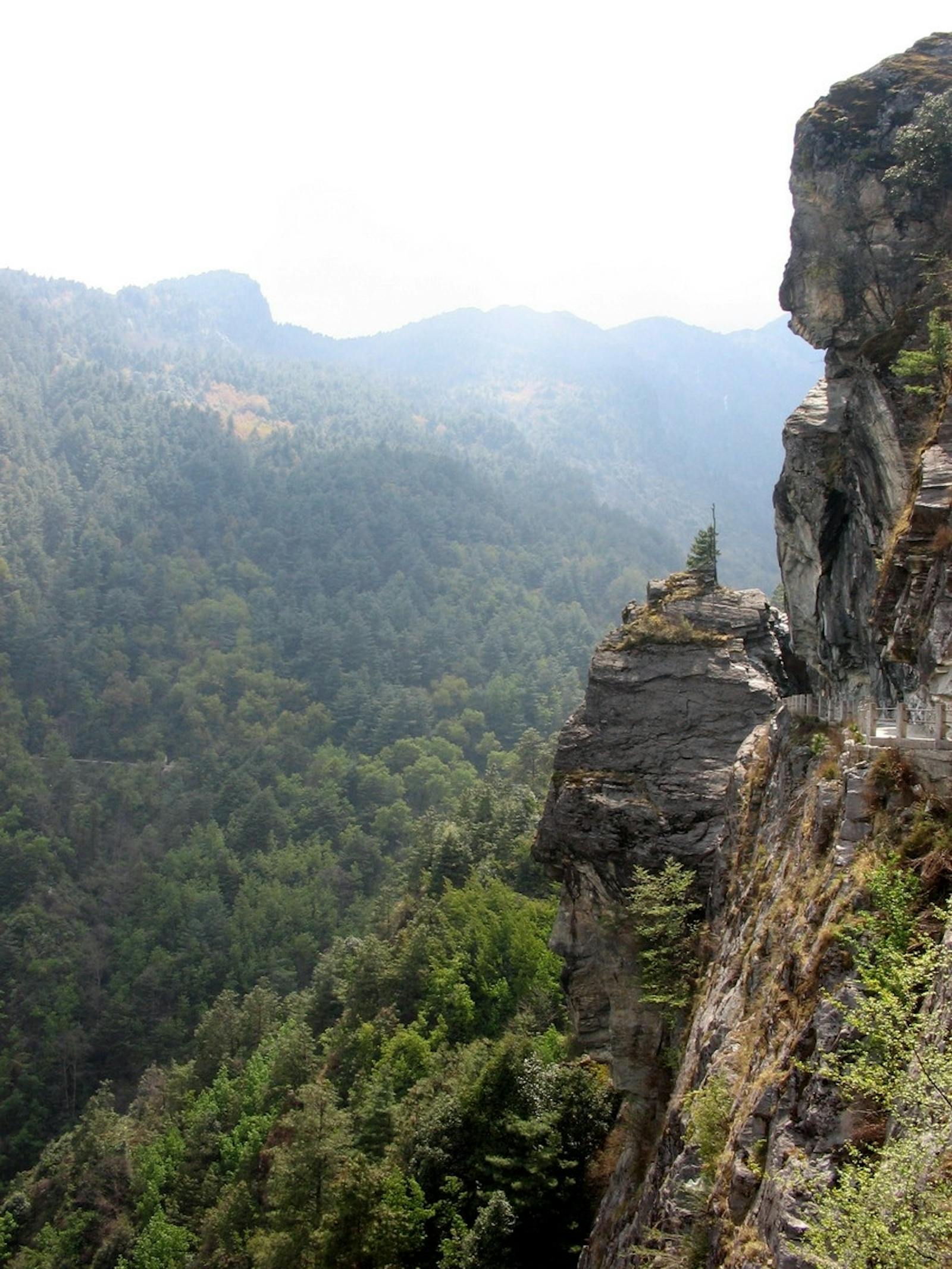Yunnan Plateau Subtropical Evergreen Forests
The ecoregion’s land area is provided in units of 1,000 hectares. The conservation target is the Global Safety Net (GSN1) area for the given ecoregion. The protection level indicates the percentage of the GSN goal that is currently protected on a scale of 0-10. N/A means data is not available at this time.
Bioregion: Guizhou & Yunnan Subtropical Forest Plateaus (PA52)
Realm: Eastern Eurasia
Ecoregion Size (1000 ha):
24,087
Ecoregion ID:
643
Conservation Target:
7%
Protection Level:
8
States: China
The Yunnan Plateau, literally “South of the Clouds,” is a transition from the monsoon tropics of Indochina to the eastern Himalayan region. Limestone hills, with Yunnan pine and rhododendron, separate broad valleys covered in red, iron-rich soils. Lacking the persistent winter fog of river basins to the north, but high enough (1,800–2,400 m) to escape intense pre-monsoon heat, the Yunnan Plateau has a mild climate that supports high biodiversity and has attracted human settlement for more than a million years.
Elevations on the Yunnan Plateau are high, but the elevated area is so large it has a warming effect, making the habitat subtropical with temperate cloud-forest communities on the crests of the taller ranges. Local residents exploit this climatic feature, growing citrus at 2,400 m and some of the world’s highest rice cultivation in northwestern inter-montane valleys.
.jpg)
The flagship species of the Yunnan Plateau Subtropical Evergreen Forests ecoregion is the black-crested gibbon. Image credit: Courtesy of Josh Moore, Flickr.
Because of this climate, the potential natural vegetation of the Yunnan Plateau consists of seasonally wet, evergreen broadleaf forest adapted to monsoonal summers and an extended dry season that lasts from November until April. Although the potential biodiversity is high, much of the Yunnan Plateau forest cover is converted into agriculture or secondary forest stands of Yunnan pine and broadleaved species like Michelia and chestnut.
Higher mountain ridges support temperate cloud forests in which the trees are cloaked with mosses and hung with foliose lichens, epiphytic ferns, and orchids. Here the understory includes small-statured bamboo and shade-tolerant plants like the root parasite Balanophora. Rhododendron grows in open forests on hill slopes throughout the ecoregion. Although Yunnan pine has been established as a sub-climax forest type for more than a century, relict stands of subtropical evergreen broadleaved forest still occur in the West Hills near Kunming, on the slopes of Jizu Mountain near Dali, and in small temple forests throughout the region.

Clouded leopard. Image credit: Frank Wouters, Creative Commons
The Yunnan Plateau once supported large mammal species that have now been extirpated by millennia of human activity. They include giant panda, Asian elephant, Javan rhinoceros, Bengal tiger, and other large cats, as well as their prey base of deer and other hoofed mammals. Today, Asiatic black bear, clouded leopard, common leopard, and large bamboo rat persist in some areas where steep terrain and persistent summer cloud cover discourage human settlement.
Forested ridges of the Ailao and Wuliang mountain ranges support populations of the black-crested gibbon, a critically endangered ‘lesser ape’ species whose calls resonate on clear mornings. Four subspecies of black-crested gibbon are recognized, all critically endangered. The Central Yunnan subspecies is restricted to a few remote localities within this ecoregion, but distribution data is as sparse as the population itself. It is known from historical records that gibbons in China have declined drastically in recent centuries and continue to do so. The estimated global population of the Central Yunnan black-crested gibbon is about 250 individuals.

Asiatic black bear. Image credit: Creative Commons
The Yunnan Plateau is also an Endemic Bird Area with two restricted range bird species: Yunnan nuthatch and white-speckled laughing thrush. Other threatened bird species with a broader habitat range include giant nuthatch and white eared-pheasant.
Several large but shallow freshwater lakes occur on the Yunnan Plateau, with lacustrine ecosystems that have been imperiled by decades of neglect. Some of these lakes, like Dian Chi and Er Hai, are now the focus of much-needed ecological restoration efforts. Significantly, domestic tourism provides more than 30% of Yunnan’s GDP, and the environmental burden from tourism is commensurate.
Priority conservation actions for the next decade are to manage domestic tourism by curtailing inappropriate development in protected areas and educating tourists and service providers; restore water quality and ecosystem function of the large lakes, which have already lost numerous endemic fish species; enforce restrictions on poaching and trafficking of gibbons and destruction of their habitat; and assess the feasibility to expand gibbon habitat and increase habitat connectivity.
Citations
Carpenter, C. 2000. Eastern Asia: Southeastern China. https://www.worldwildlife.org/ecoregions/pa0102. Accessed August 2018.
Young, S., Carpenter, C., and Wang, Z.J. 1992. A study of the structure and composition of an old growth and secondary broad-leaved forest in the Ailao Mountains of Yunnan, China. Mountain Research and Development. 12(3): 269-284.
Black Crested Gibbon Nomascus concolor. IUCN Red List. http://www.iucnredlist.org/details/39775/0. Accessed August 2018.





